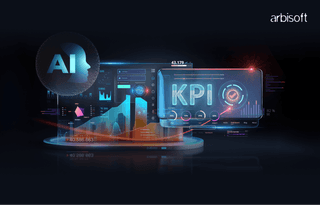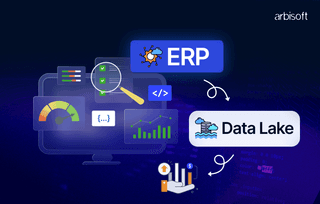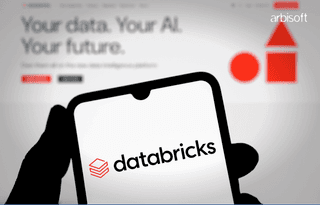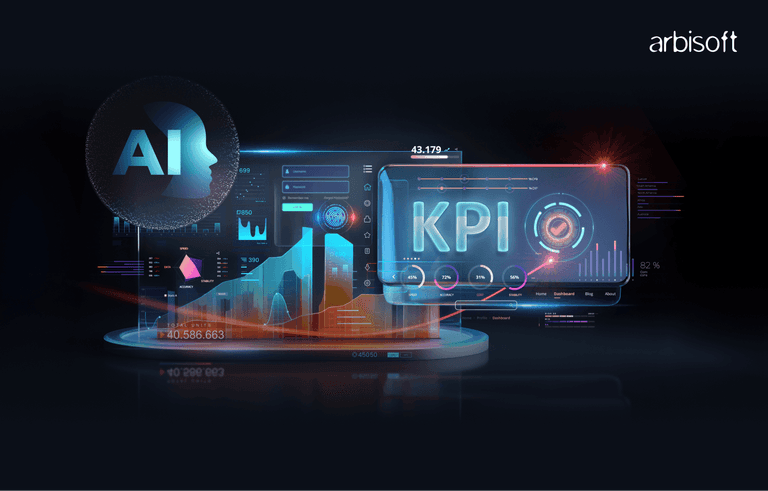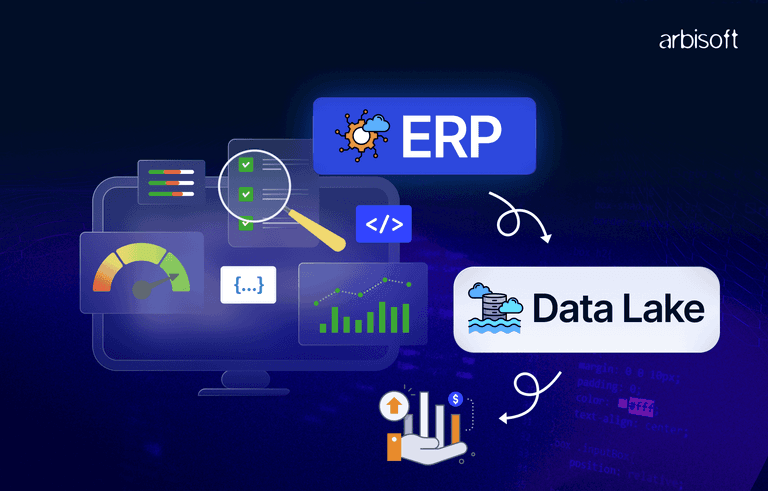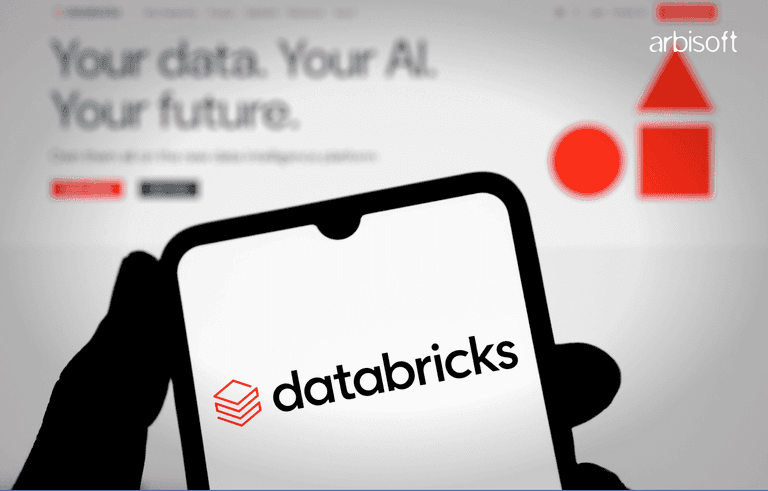We put excellence, value and quality above all - and it shows




A Technology Partnership That Goes Beyond Code

“Arbisoft has been my most trusted technology partner for now over 15 years. Arbisoft has very unique methods of recruiting and training, and the results demonstrate that. They have great teams, great positive attitudes and great communication.”
Why Hyper-Realistic Product Personas Created with LLMs Are a Game-Changer for Product Ideas?

What are Product Personas?
Product personas are fictional characters created to represent different user types who might use a product in a similar manner. These personas are built from real data, market research, and insights about actual users.
Creating detailed product personas used to be time-consuming and labor-intensive. However, with large language models (LLMs), it's now much more efficient, allowing for highly detailed and insightful personas. These personas include extensive information about demographics, user behaviors, goals, pain points, and other characteristics.
The Influence of LLMs on Persona Creation
Large language models can process vast amounts of data and generate information. Here’s how LLMs are evolving and changing the way we create product personas:
- Data Integration and Analysis: LLMs can analyze data from multiple sources, including customer feedback, surveys, social media, and market research. This helps identify patterns and trends that might not be obvious through manual analysis.
- Enhanced Detail and Realism: Natural language processing is used by LLMs to create personas that are highly realistic and detailed. These personas are incredibly useful for product ideas because they can encompass subtle behaviors, preferences, and even future trends.
- Scalability: Creating several personalities for various audience segments is now feasible. LLMs are capable of creating several, intricate personas, each customized for distinct user segments.
A Step-by-Step Guide to Crafting Hyper-Realistic Product Personas
Creating a hyper-realistic product persona involves a structured approach that combines data collection, analysis, and refinement. Here’s a detailed, easy-to-follow guide on how to craft such personas using a large language model:
Step 1: Gather Data
Begin by collecting data from various sources to ensure a comprehensive understanding of your product's context and market:
- Customer Feedback: Gather reviews, survey responses, and direct user feedback using tools like SurveyMonkey and Google Forms.
- Market Research: Use industry reports, competitor analysis, and trend data. Tools like Statista and Nielsen offer extensive market insights that can be invaluable. Businesses can integrate business intelligence solutions for additional strategic insights.
- User Behavior: Monitor website analytics, user journey maps, and interaction logs using tools like Google Analytics and Hotjar for insights into user interactions.
- Social Media Insights: Perform sentiment analysis, track common discussions, and collect product related demographics from social media platforms. Tools such as Hootsuite and Brandwatch are useful for monitoring and analyzing social media data.
Step 2: Define Key Attributes
Identify the essential attributes that your persona should include, such as:
- Product Demographics: Basic information such as category, primary features, and target market. For example, "Fitnessmax, a fitness app targeting health-conscious people."
- Product Psychographics: Interests, values, and lifestyle preferences. Like, "Fitnessmax appeals to users who are passionate about fitness, healthy living, and tracking their workouts."
- Behavioral Traits: Monitor patterns, purchasing habits, and brand loyalty. For instance: "Fitnessmax users frequently use fitness apps and wearables, and they are loyal to brands that offer accurate tracking and motivating features."
- Goals and Pain Points: Identify the product's intended benefits and the challenges it aims to address. For example: "Fitnessmax aims to help users stay on top of their fitness goals, but some users find the app's advanced features difficult to navigate."
Step 3: Input Data into the LLM
Using a large language model and effective prompt engineering, input your collected data. Provide the model with a detailed description of the type of product you are developing and prompt it to generate a product persona.
Step 4: Refine and Validate
Carefully review the generated persona for accuracy and relevance. You may need to tweak the input data or provide additional context to the LLM. Validate the product persona by comparing it with actual product performance data and customer feedback. Conduct interviews or surveys with real users to ensure the persona accurately reflects their experiences and needs.
Step 5: Implement and Iterate
Incorporate the persona into your product development process:
- Team Alignment: Share the persona with your team to ensure everyone understands the product’s context and target market.
- Brainstorming and Design: Use the persona in brainstorming sessions, design sprints, and product feature development.
- Continuous Refinement: Regularly update your personas as more data becomes available or as per the dynamic user needs. Make sure to adapt your personas to reflect changes in user behavior, market trends, and product feedback.
By following these steps, you can create hyper-realistic product personas that provide valuable insights and drive user-centric product development.
Are user personas and buyer personas the same?
Why do people often mix them up?

Confused about the difference between user persona and buyer persona?
Download our free guide to learn the key differences.

The Future of Product Personas with Large Language Models
Imagine a future where businesses can understand their customers better than ever before. That’s what LLMs are making possible. Here’s a look at how LLMs are changing the way we create and use product personas:
1. Always Up-to-Date Personas
LLMs can look at tons of data from platforms like social media, customer reviews, and market trends. This means the personas (representations of customer types) they help create are always current. Instead of relying on old and static profiles, businesses get a constantly refreshed look at their customers.
2. Behavioral Insights
These models can dig deep into how customers behave. They can see patterns in how people use products, what they buy, and how they respond to different marketing strategies. This leads to much more accurate and detailed personas.
3. Hyper-Personalization
LLMs can use detailed customer data to create very personalized personas. This helps businesses personalize their marketing and product offerings accordingly to meet the unique needs of different customers.
4. Enhanced Segmentation
LLMs can help businesses effectively target niche markets by finding smaller, more specific groups within a larger audience. This ensures that messages and offers are tailored to each group.
5. Saving Time and Effort
Creating and updating personas manually takes a lot of time and resources. LLMs can automate this process, generating and refining personas quickly. This lets marketing and product teams focus on other important tasks.
6. Scalability
LLMs can create multiple personas across different markets and demographics at the same time. This means businesses can cover a variety of customer types without missing anyone out.
7. Predictive Modeling
Predictive Modeling: LLMs can predict what customers might do in the future by analyzing past data and current trends through predictive modeling, a process that can be further refined with predictive analytics solutions.
8. Prescriptive Analytics
LLMs can give specific advice on what actions to take based on personal insights. They might suggest new product features, marketing tactics, or ways to engage customers that will likely work well.
9. Cross-Functional Alignment
Personas created by LLMs are easy for everyone in a company to understand. This helps different teams, like marketing, product development, and sales, to work together more effectively.
10. Interactive and Adaptive Tools
LLMs can power tools that let teams explore and adjust personas in real-time. This flexibility ensures that personas can change as business needs and market conditions evolve.
11. Bias Detection and Mitigation
LLMs can help spot and reduce biases in persona creation by using diverse and representative data. This leads to more inclusive product designs and marketing strategies.
12. Ethical Considerations
LLMs can ensure that personas are made and used ethically, respecting privacy and data security rules. This is crucial for maintaining customer trust and staying compliant with laws.
Challenges to Keep in Mind
While LLMs are a great way to generate product personas, there are a few challenges to keep in mind:
- Data Privacy and Security: It's important to handle customer data carefully, following all privacy rules and keeping information safe. Businesses need strong data protection measures.
- Bias and Fairness: Regular checks are needed to ensure LLMs aren’t producing biased outputs. This means constantly reviewing the data and results to ensure fair representation of all customer groups.
- Oversight: Even with advanced automation, experts should still review and validate the personas. This ensures that they meet the business’s goals and ethical standards.
Conclusion
Large Language Models (LLMs) are changing how we create and use product personas. The LLMs tools provide current, detailed, and personalized insights that help businesses develop better strategies, create great products, and improve customer experiences. By overcoming the challenges, companies can fully benefit from these tools to drive growth and innovation. Using LLMs not only gives businesses an edge but also helps them understand their customers better, leading to more successful and customer-focused products.








